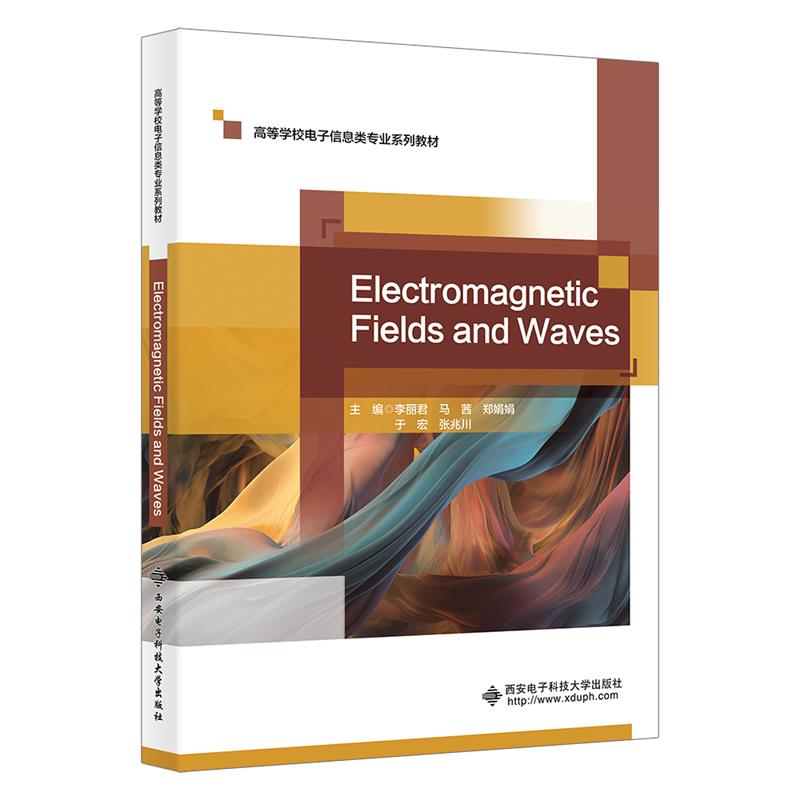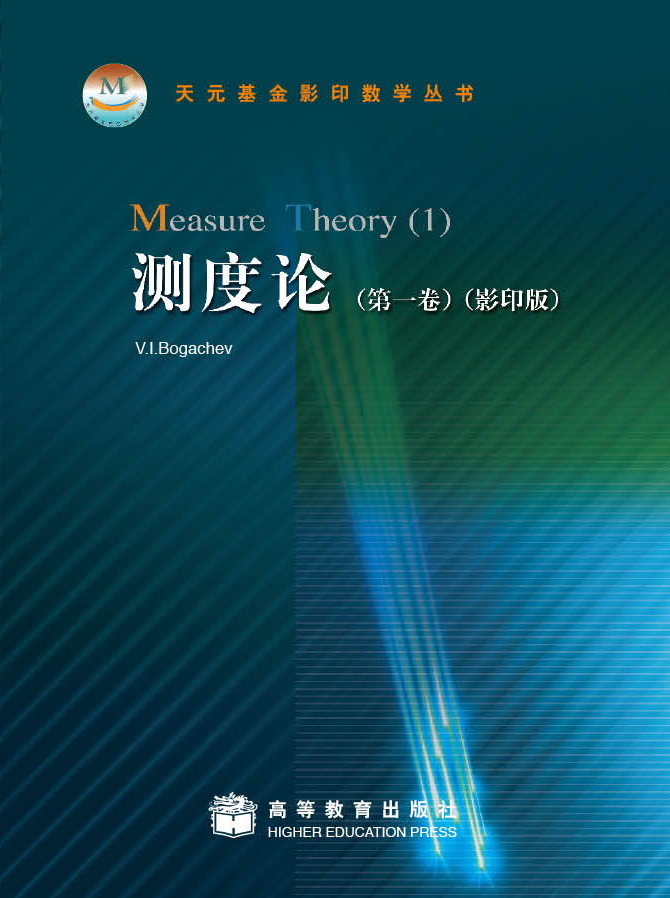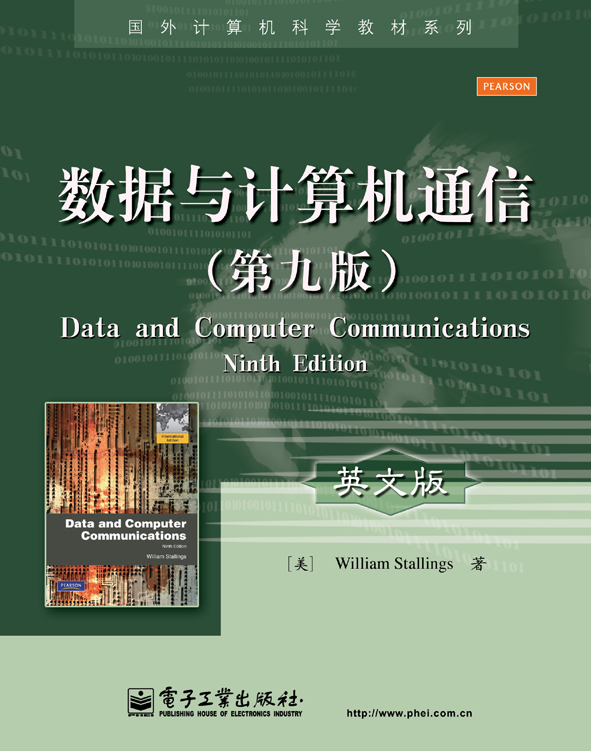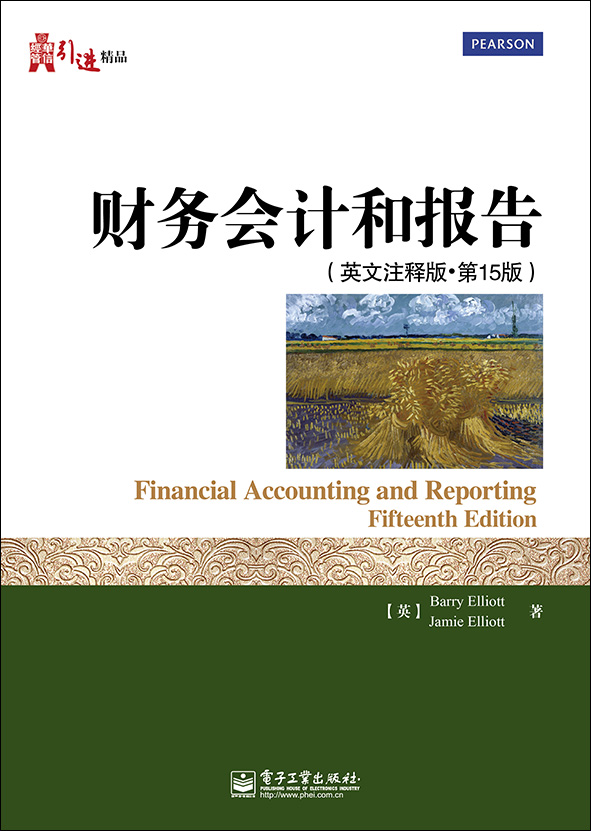Electromagnetic Fields and Waves / 高等学校电子信息类专业系列教材
定价:¥44.00
作者: 李丽君
出版时间:2025-01
最新印次日期:2025-2
出版社:西安电子科技大学出版社
- 西安电子科技大学出版社
- 9787560675367
- 1-1
- 549874
- 62261732-2
- 16开
- 2025-01
- 工学
- 电子信息类
- 无线电电子学、电信技术
- 本科
目录
Chapter 1 Vector analysis and fundamentals of field theory 1
1.1 Vector fundamentals 3
1.2 Scalar fields 6
1.3 Vector fields 9
1.4 Green’s theorem and Helmholtz’s theorem 17
Summary of this chapter 19
Exercises 1 19
Chapter 2 Electrostatic fields 22
2.1 Electrostatic fields in vacuum 26
2.2 Electrostatic fields in dielectrics 40
2.3 Fundamental equations and boundary conditions of electrostatic fields 49
2.4 Poisson’s equation, Laplace’s equation and uniqueness theorem 55
2.5 Method of images 58
2.6 Capacitance and partial capacitance 62
2.7 Electrostatic energy and electrostatic force 67
Summary of this chapter 75
Exercises 2 76
Chapter 3 Steady electric fields 81
3.1 Current and current density 84
3.2 Fundamental equations and boundary conditions of steady electric fields 87
3.3 Energy dissipation and electromotive force 90
3.4 Electrostatic analogy 94
3.5 Conductance and resistance 96
Summary of this chapter 101
Exercises 3 101
Chapter 4 Constant magnetic fields 103
4.1 Constant magnetic fields in vacuum 107
4.2 Constant magnetic fields in magnetic media 113
4.3 Fundamental equations and boundary conditions of constant magnetic fields 119
4.4 Vector magnetic potential and scalar magnetic potential 123
4.5 Inductance 132
4.6 Magnetic field energy and magnetic field force 138
Summary of this chapter 146
Exercise 4 147
Chapter 5 Time-varying electromagnetic fields 152
5.1 Faraday’s law of electromagnetic induction and law of total currents 154
5.2 Maxwell’s equations 160
5.3 Dynamic scalar and vector potentials 163
5.4 Poynting’s theorem and Poynting vector 167
5.5 The uniqueness theorem of time-varying electromagnetic fields 169
5.6 Time-harmonic electromagnetic fields 171
Summary of this chapter 178
Exercises 5 178
Chapter 6 Plane electromagnetic waves 182
6.1 Wave equations 184
6.2 Uniform plane waves in perfect dielectrics 186
6.3 Plane waves in arbitrary direction 195
6.4 Plane waves in conducting medium 198
6.5 Polarization characteristics of plane waves 204
6.6 Normal incidence on a planar surface 208
6.7 Normal incidence at multiple boundaries 216
Summary of this chapter 220
Exercises 6 221
Chapter 7 Guided electromagnetic waves 224
7.1 Introduction to guided electromagnetic waves 226
7.2 Rectangular metal waveguides 230
7.3 Circular metal waveguides 238
7.4 Coaxial waveguides 245
Summary of this chapter 247
Exercises 7 248
Chapter 8 Electromagnetic radiation 251
8.1 Radiation of an electric dipole 253
8.2 Radiation of a magnetic dipole 258
8.3 Basic parameters of antennas 260
8.4 Symmetrical antenna 264
Summary of this chapter 266
Exercises 8 267
Reference 269
1.1 Vector fundamentals 3
1.2 Scalar fields 6
1.3 Vector fields 9
1.4 Green’s theorem and Helmholtz’s theorem 17
Summary of this chapter 19
Exercises 1 19
Chapter 2 Electrostatic fields 22
2.1 Electrostatic fields in vacuum 26
2.2 Electrostatic fields in dielectrics 40
2.3 Fundamental equations and boundary conditions of electrostatic fields 49
2.4 Poisson’s equation, Laplace’s equation and uniqueness theorem 55
2.5 Method of images 58
2.6 Capacitance and partial capacitance 62
2.7 Electrostatic energy and electrostatic force 67
Summary of this chapter 75
Exercises 2 76
Chapter 3 Steady electric fields 81
3.1 Current and current density 84
3.2 Fundamental equations and boundary conditions of steady electric fields 87
3.3 Energy dissipation and electromotive force 90
3.4 Electrostatic analogy 94
3.5 Conductance and resistance 96
Summary of this chapter 101
Exercises 3 101
Chapter 4 Constant magnetic fields 103
4.1 Constant magnetic fields in vacuum 107
4.2 Constant magnetic fields in magnetic media 113
4.3 Fundamental equations and boundary conditions of constant magnetic fields 119
4.4 Vector magnetic potential and scalar magnetic potential 123
4.5 Inductance 132
4.6 Magnetic field energy and magnetic field force 138
Summary of this chapter 146
Exercise 4 147
Chapter 5 Time-varying electromagnetic fields 152
5.1 Faraday’s law of electromagnetic induction and law of total currents 154
5.2 Maxwell’s equations 160
5.3 Dynamic scalar and vector potentials 163
5.4 Poynting’s theorem and Poynting vector 167
5.5 The uniqueness theorem of time-varying electromagnetic fields 169
5.6 Time-harmonic electromagnetic fields 171
Summary of this chapter 178
Exercises 5 178
Chapter 6 Plane electromagnetic waves 182
6.1 Wave equations 184
6.2 Uniform plane waves in perfect dielectrics 186
6.3 Plane waves in arbitrary direction 195
6.4 Plane waves in conducting medium 198
6.5 Polarization characteristics of plane waves 204
6.6 Normal incidence on a planar surface 208
6.7 Normal incidence at multiple boundaries 216
Summary of this chapter 220
Exercises 6 221
Chapter 7 Guided electromagnetic waves 224
7.1 Introduction to guided electromagnetic waves 226
7.2 Rectangular metal waveguides 230
7.3 Circular metal waveguides 238
7.4 Coaxial waveguides 245
Summary of this chapter 247
Exercises 7 248
Chapter 8 Electromagnetic radiation 251
8.1 Radiation of an electric dipole 253
8.2 Radiation of a magnetic dipole 258
8.3 Basic parameters of antennas 260
8.4 Symmetrical antenna 264
Summary of this chapter 266
Exercises 8 267
Reference 269










